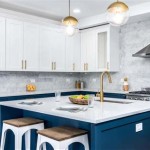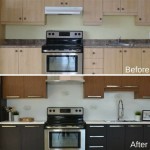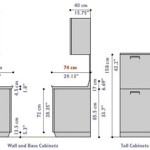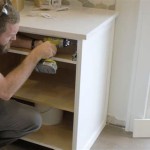Essential Aspects of Kitchen Cabinet Sliding Door Mechanism
Sliding doors have become increasingly popular in modern kitchen designs due to their space-saving and sleek appearance. The mechanism behind these doors is crucial for their smooth operation and longevity. Understanding the essential aspects of kitchen cabinet sliding door mechanisms will help you make informed choices and ensure optimal functionality.
Types of Sliding Mechanisms
There are two main types of sliding mechanisms used for kitchen cabinet doors: top-mounted and bottom-mounted.
- Top-mounted mechanisms: The doors are suspended from a track at the top of the cabinet, allowing them to slide effortlessly with minimal friction.
- Bottom-mounted mechanisms: The doors glide along a recessed track at the bottom of the cabinet, providing a more seamless look but requiring a precise fit.
Track and Roller System
The track and roller system is responsible for the smooth movement of the doors. The track is typically made of metal or plastic and is attached to the top or bottom of the cabinet. The rollers, which are attached to the bottom or top of the doors, glide along the track and ensure a frictionless motion.
Anti-Jump Features
Anti-jump features prevent the doors from jumping out of the track. These features can include:
- Anti-lift rollers: These rollers have a lip that engages with the track, preventing the doors from being lifted out.
- U-shaped tracks: The track has a U-shaped profile that securely holds the doors in place.
- Spring-loaded wheels: These wheels apply constant pressure to the track, preventing the doors from dislodging.
Soft-Close Mechanisms
Soft-close mechanisms provide a gentle and quiet closing action. They work by using a hydraulic piston or a spring to slow down the door as it approaches the closed position. This prevents the doors from slamming and reduces wear and tear on the mechanism.
Materials and Durability
The materials used in the sliding door mechanism directly impact its durability and performance. High-quality mechanisms are typically made from durable materials such as stainless steel, aluminum, or heavy-duty plastic. They are also treated with anti-corrosion coatings to ensure long-lasting operation.
Installation Considerations
Proper installation is essential for the smooth functioning of the sliding door mechanism. The track must be precisely aligned and secured, and the doors must be adjusted to fit snugly without binding. It is recommended to hire a qualified professional for installation to ensure optimal performance.
By understanding the essential aspects of kitchen cabinet sliding door mechanisms, you can make informed choices that enhance the functionality and aesthetics of your kitchen. Choosing high-quality mechanisms, ensuring proper installation, and considering additional features such as anti-jump devices and soft-close mechanisms will contribute to a durable and user-friendly kitchen design.

Sliding Cabinet Doors With Inset Track And Glides Sawdust Girl

Bottom Running Sliding Door Systems Hettich

Apis Cabinets Door Sliding Kit

Sliding Systems Salice

Slide 25 Sliding Door System Richelieu Hardware

Modern Sliding Door System Sourcing Hardware

Sliding Door Gear Folding Doors Häfele

Sliding Cabinet Doors With Inset Track And Glides Sawdust Girl Kitchen Cabinets

Sliding Door System For Cabinet Doors

How Sliding Doors Will Help You To Achieve An Open Plan Kitchen Amberth
Related Posts








